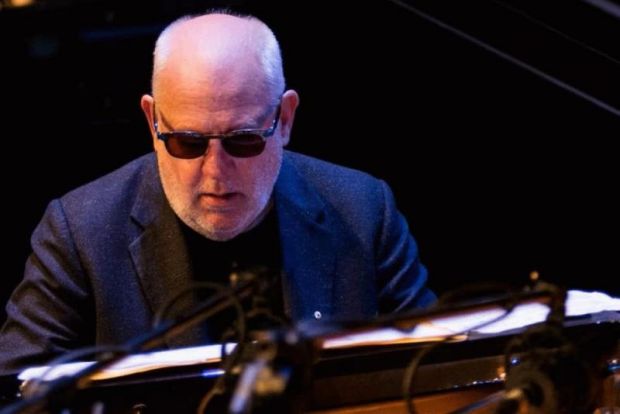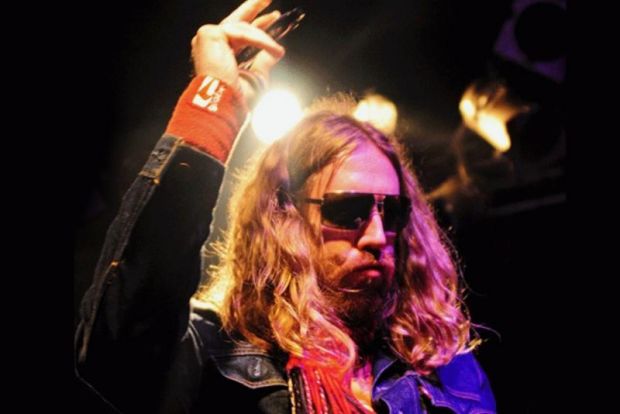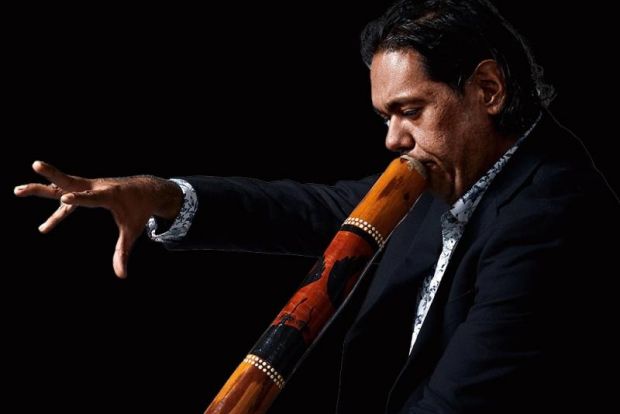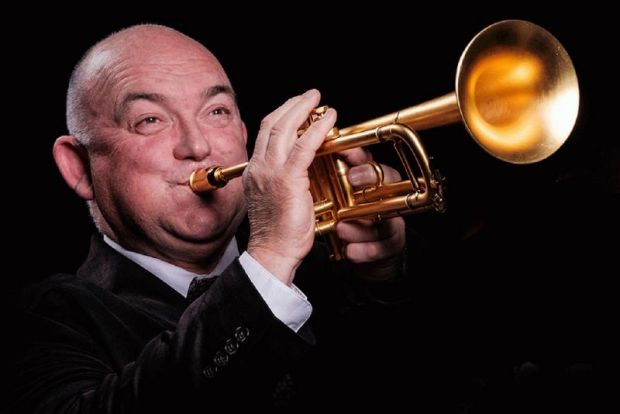The Others
Titled 'The Art of the Possible' with Paul Grabowsky, this concert was an evening of spontaneous improvisation with guest artists Kram on percussion, William Barton on didgeridoo and James Morrison on a selection of brass and reeds, even sea-shell; and of course with Paul himself on keyboards, including a couple of electronic gizmos to add a little flavour to the evening. All four artists are well-known and respected in their own fields and it appears to have been an attempt to create an evening of entertainment through the use of collaborative creativity, pretty much off-the-cuff and possibly with no rehearsal as such: just a musical journey into the cosmos after which, to quote William Barton as part of his opening words, we'll "see you on the other side" …

I know of such attempts in the past with various artists, many of which didn't work out, though some (Keith Jarrett's 'Koln Concert' comes to mind) went on to become a successful commercial enterprise in their own right. Although one can say this was a night of improvisation similar to a jazz concert, particularly with the likes of James Morrison with his distinctive and exciting jazz style, this didn't strike me as being 'jazz' as such - though one might question what the word 'jazz' actually means - more of an experiment using a range of instruments: a 'fusion' in an attempt to create a little magic with a difference.

Being a musician myself, having had to play the 'dots' as well as improvise throughout my career, including composing and arranging, this was definitely an evening of interest. Unfortunately the output was somewhat disappointing, mostly lacking in any form of organic harmonious interplay, teetering on atonality most of the evening, though there was some impressive percussive playing and general demonstration of technical prowess.

Combining celebrated musicians, particularly Paul and James with their impressive jazz careers and William Barton as a recognized exponent of the didgeridoo, does not necessarily mean the end result is going to communicate with its audience. With two long sets of pure improvisation, the evening didn't strike a 'chord' with me (no pun intended) though the packed audience appeared to respect the attempted exploration and were visibly in awe of the musicians.

Traditionally, jazz ensembles use improvisation to expand harmonic and melodic boundaries to a structured melody, often well-known songs. There was little, if any, structure to the whole evening which left one somewhat up-in-the-air pondering over the future of music as such, similar to the philosophy behind a Jackson Pollock painting for example. There were, however, at least some flashy instances of showmanship and technique amidst all the broken boundaries.
There have been many attempts in the past to fuse a combination of traditional and contemporary styles in all the arts - why not indeed explore all possibilities - though sometimes it doesn't always work and this performance was, unfortunately for me, one of those such evenings.
Brian Adamson
Subscribe to our E-Newsletter, buy our latest print edition or find a Performing Arts book at Book Nook.

